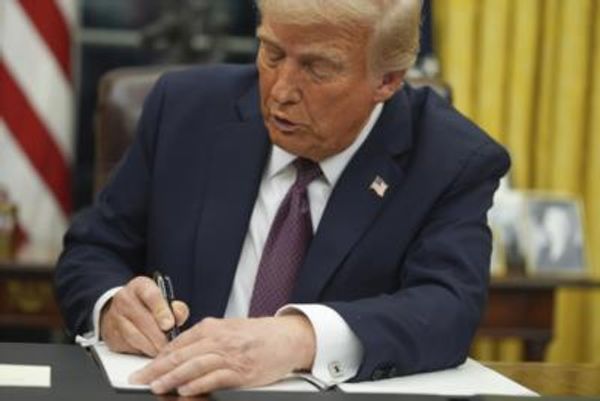
Thousands of London homeowners are to face council tax bills doubling from April 1 under new rules that are aimed at easing the housing crisis and increasing revenues.
Councils will be able to charge up to twice the normal council tax on properties considered second homes – which are furnished and not used as main homes – in their area.
Wandsworth and Westminster councils are to enforce the plan on April 1, in addition to doubling bills for owners of homes that have been unoccupied and unfurnished for more than one year, rather than after two.
Exemptions will apply to the empty home premium and individuals will not have to pay it provided the empty property is an annex or if the resident is a member of the armed forces, for instance, and has had to move into armed forces accommodation.
However, people who are living in a second central London property because it is convenient for their place of work will still be expected to pay the extra charge.
The plans follows similar ones enforced in the capital last April, when Hackney town hall signed off on doubling council tax premiums for the owners of empty properties and second homes.
In addition Simon Hogg, the leader of Wandsworth council, which launched a consultation on the matter last year, wrote on social media site X that the number of second homes in Wandsworth has doubled since last year.
“Too many local families can’t find a place to call home,” Mr Hogg said.
It’s a shame to read that the number of second homes in Wandsworth has doubled since last year.
— Simon Hogg (@CllrSimonHogg) November 26, 2024
Too many local families can’t find a place to call home.
So from next year, second homes in Wandsworth will be charged double their usual Council Taxhttps://t.co/dEVbE5aQHM
What is council tax?
Council tax is a tax collected by local authorities, and is levied on homeowners and tenants not in homes in multiple occupation.
Most people are required to pay the charge on a monthly basis. It differs from other household expenses, such as home insurance or energy bills, since individuals have a choice in who delivers those services and how much they pay. Council tax is charged in a number of bands at fixed rates.
The money is paid to local authorities and they use the money to help pay for local services and amenities. Revenues go towards police forces, fire and rescue services, recycling and bin collection, improving parks and public spaces, and transport services.
How to check what council tax band you are in
The amount paid in each council tax band depends on the local authority. You can find out the council tax band for a home in England or Wales by looking up its address or postcode on the Government website.
You can ask to have the property re-evaluated if you believe the council tax band is too high for the address.
However, people can only request to have the council tax band re-evaluated not lowered. This implies that a council tax band may increase or decrease. People will need proof of being in the incorrect banding.
How is council tax measured?
Based on the value of a home at particular points in time, councils divide this tax into bands. For properties in England, council tax bands are based on the property’s value on April 1, 1991.
These are the council tax bands for England.
| A | Up to £40,000 |
| B | £40,001 - £52,000 |
| C | £52,001 - £68,000 |
| D | £68,001 - £88,000 |
| E | £88,001 - £120,000 |
| F | £120,001 - £160,000 |
| G | £160,001 - £320,000 |
| H | £320,001 + |
When is council tax not paid?
If you are selling a property on behalf of an owner who has died, you do not need to pay council tax until after you get probate so long as the property remains empty, according to the Government website.
After probate is granted, a council tax exemption may be provided for another six months, given the property is both:
Some homes are not liable for a council tax bill as long as they remain empty, including those:







